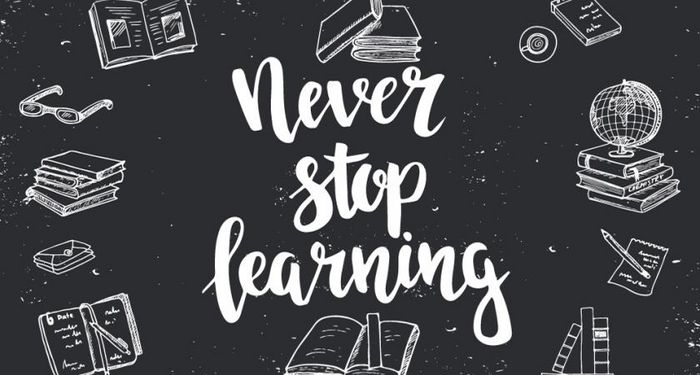Leading the way: new publications show the best of Erasmus+
These five publications include a brief summary of EU-funded projects and their main advantages. Compiled by the European Commission, each publication focuses on one key area of education:
All the projects were selected on the basis of their remarkable outputs or innovations. Quality and online accessibility were also selection criteria for publication. The aim of the publications is to enable the results to be used and new ideas and material to be built on them. Browse through the publications and find inspiration for your everyday working life – or for your own projects. Movetia supports Swiss institutions that exchange experiences with European partner institutions and develop material together. Find information on the various levels of education here.
What kinds of resources are included in these projects?
The FLiP project, for example, encourages teachers to engage with digital technologies such as game-based learning, microtechnologies and Web 2.0 applications. The “Art and Science” project fosters the participants’ civic responsibility towards Europe by supporting the work of national artists and scientists. ICTBELL produces learning content specifically designed for people with dyslexia. It includes e-content, an online tutoring handbook and an open-source virtual learning environment.
These are just a few examples. Find more information, including on other projects and news, here.
